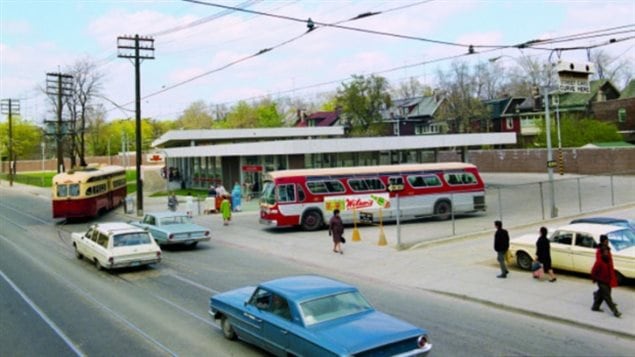Three distinct cities make up Canada’s largest city; one for high-income earners, one for those in the middle, and one for low-income earners. The bad news is, that the first and third are growing, while the middle-income families are disappearing.
These are the findings of Professor David Hulchansky’s landmark study. Director of the Centre for Urban and Community Studies, and professor in the Faculty of Social Work at the University of Toronto, Hulchansky led a research team that assembled socio-economic profiles of each of Toronto’s 531 census tracts and compared the evolution of these neighbourhoods over 30 years.
2025
The findings are alarming. Hulchansky says Toronto was essentially a middle-income city in the 1970’s, when 65% of the neighbourhoods were middle-income, now it’s below 30%. And if the trend continues, by 2025 Toronto will be a dismal place for a majority of its residents. A lack of adequate public transportation leaves people stranded in areas that are at a turning point, where urban renewal could make all the difference.
ListenHulchansky and his team isolated four categories of change involved in this development; the first is a highly polarized labour market, the second, the soaring cost of housing, the third was the cuts to all the social benefits in the 1990’s, and the fourth, the changing face of immigration and the discrimination below the surface in the city that’s now described as having a visible majority.
“We don’t talk about discrimination. Skin colour does matter, especially if you’re black: housing discrimination, employment discrimination, education discrimination, yes it’s not as bad as the United States, but it still exists and it limits people’s opportunities and keeps people stuck in low wage jobs and simply denies poeople opportunities that other people have and that newcomers in the past had.”
Hulchansky says, however, these same four factors hold the solutions. What is required is the will and the money necessary to make steady changes and improvements that now need to be made consistently year after year.
Tower Renewal
One of the improvements Hulchansky’s team proposed is what they call ‘Tower Renewal’. With over 1200 twenty-story buildings, built in clusters across the city in the late 1950’s, 60’s and early ’70’s, renewal is imperative.
The 2.5 million people in Toronto, make up approximately a million households; half are home-owners and half are renters. Half of the renters are people are living in these ageing rental towers. The towers were built well, they will last, Hulchansky ensures, but the elevators and the kitchens and bathrooms in the dwellings need renovation, and the large tracts of land at their bases, Hulchansky suggests, would be better filled in with low density housing and opportunities for small businesses to create more vibrant communities. The buildings get renewed and we do more to create a complete neighbourhood, he says. But the main problem is the cuts to taxes that benefited mainly the high income earners and the unwillingness to return to even fractions of those days.
Some kind of disaster did not cause this; we did. We made decisions, our political leaders made decisions year after year to create the trends that show up on the maps that my research team makes.
Hulchansky will be able to compare the Toronto findings with other major centres in Canada. They now have research teams in Halifax, Montreal, Winnipeg, Calgary and Vancouver. He says the trends are the same but vary by geography and other unique factors.







For reasons beyond our control, and for an undetermined period of time, our comment section is now closed. However, our social networks remain open to your contributions.